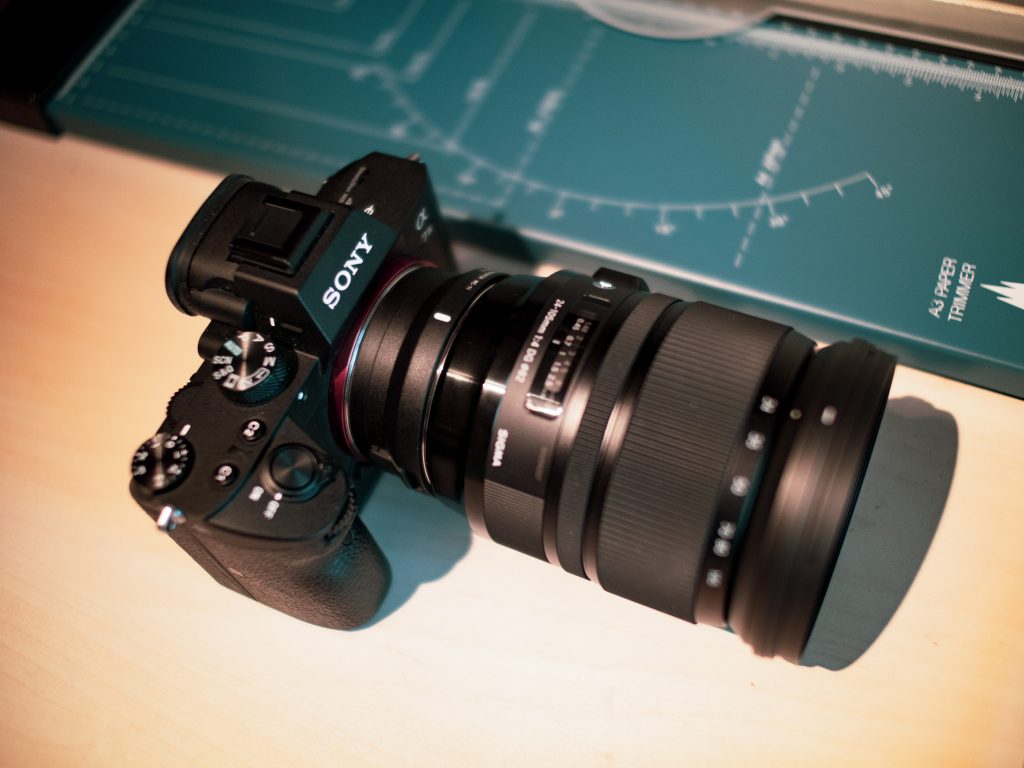
The A7 III is certainly a power-house of a 4K camera but it does have one strange issue, which only occurs in full frame 4K mode.
Although we shouldn’t worry too much about this because it’s barely noticeable, it’s an interesting mystery to test and solve for Sony.
In full frame 4K mode at 24p, the picture is stretched by a few percent vertically, which causes the same shot recorded in two different 4K modes (i.e. Super 35 and full frame) to differ when placed back-to-back in the edit. At any other time you wouldn’t really notice it, so that isn’t likely to cause a problem in the real-world but it is certainly real.
It’s possibly only happening in 24p, because Caleb doesn’t mention 25p… But that isn’t ruled out – one for us PAL region shooters to try.
Let’s see if we can solve this mystery.
Suspect 1 – firmware 1.01 hotfix
A few months ago Sony brought out a firmware update to swiftly squash a much more noticeable bug, where blinking pixels were appearing along the very bottom of the frame in 4K with certain lenses. Could Sony’s solution to be to vertically stretch the frame very slightly so that the bottom edge where the corruption happens disappears? Was this a quick fix until they could fix the corruption itself? This seems the most likely scenario for me as I never saw the vertical stretch on charts shot when the camera first came out with version 1.00 firmware.
Suspect 2 – digital lens distortion correction
Caleb shot the chart using a Sony lens, for which distortion is digitally corrected in-camera. It would be interesting for Caleb or any A7 III users to try this test again with a non-Sony lens or with any optical correction disabled in the menus.
Suspect 3 – Final Cut Pro X
The only software Caleb shows in the video is Apple’s NLE, so just to exclude a big variable – software – it’s important to test this in other editors like Premiere and Resolve, to see if it is a weird bug in how FCPX scales the file on the timeline or scales the proxy in the background.
Let’s see if we can eliminate all those 3. If it is not the fault of any of those suspects then Sony will have to do their own internal tests and see what is going on. Until then, there’s the nice side effect of looking a bit thinner when shot with an A7 III.




